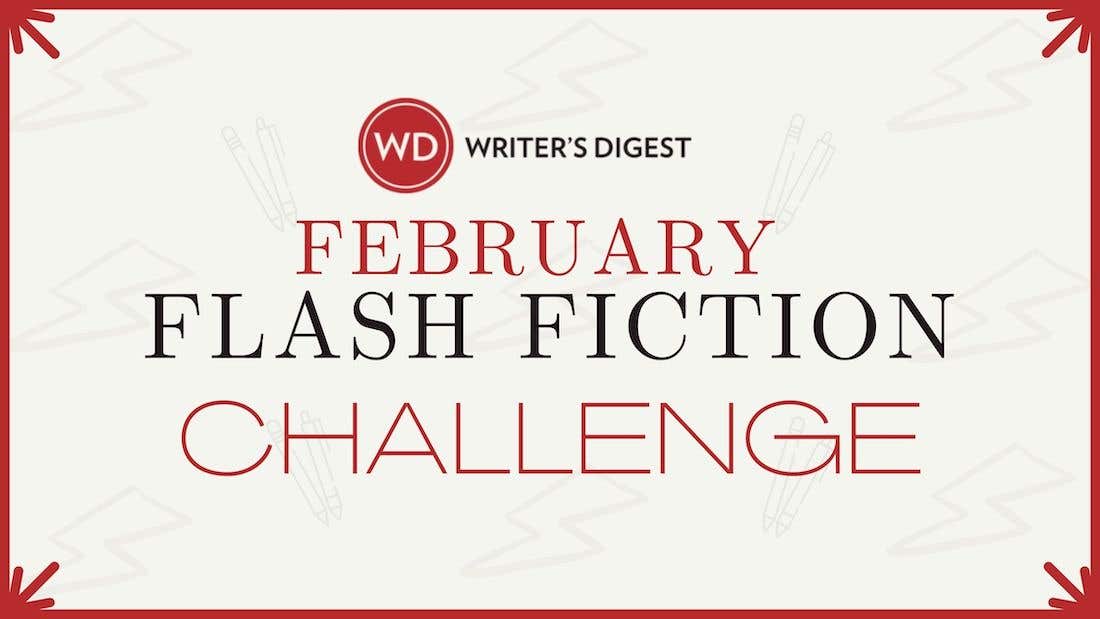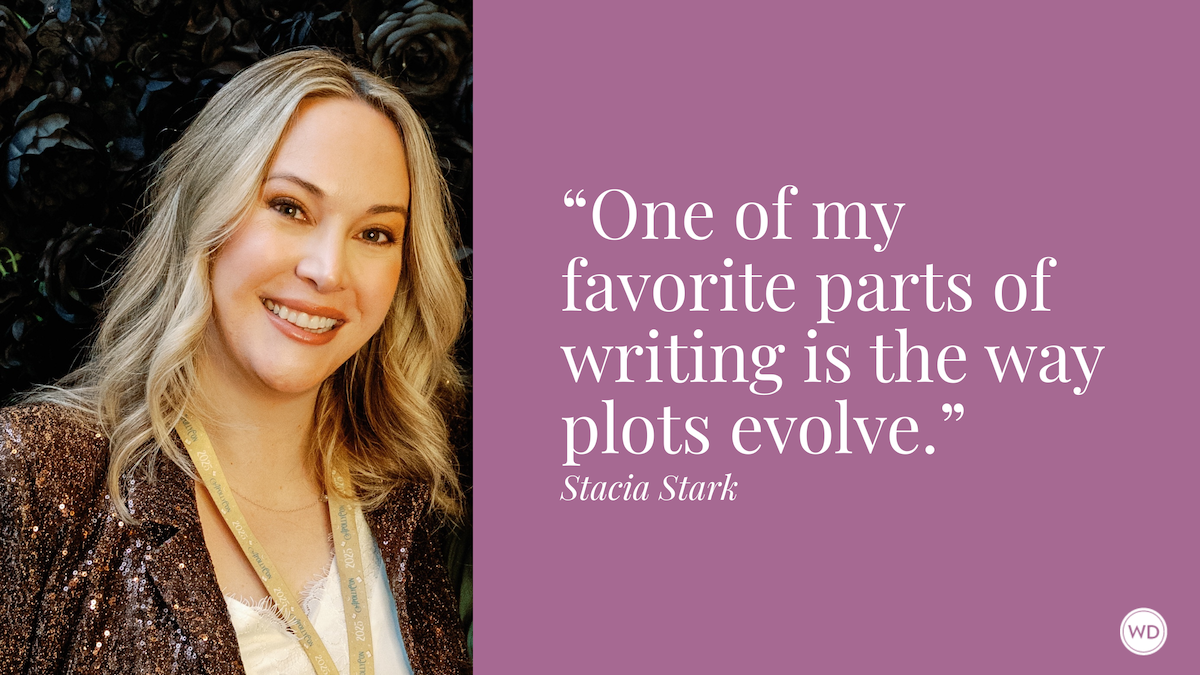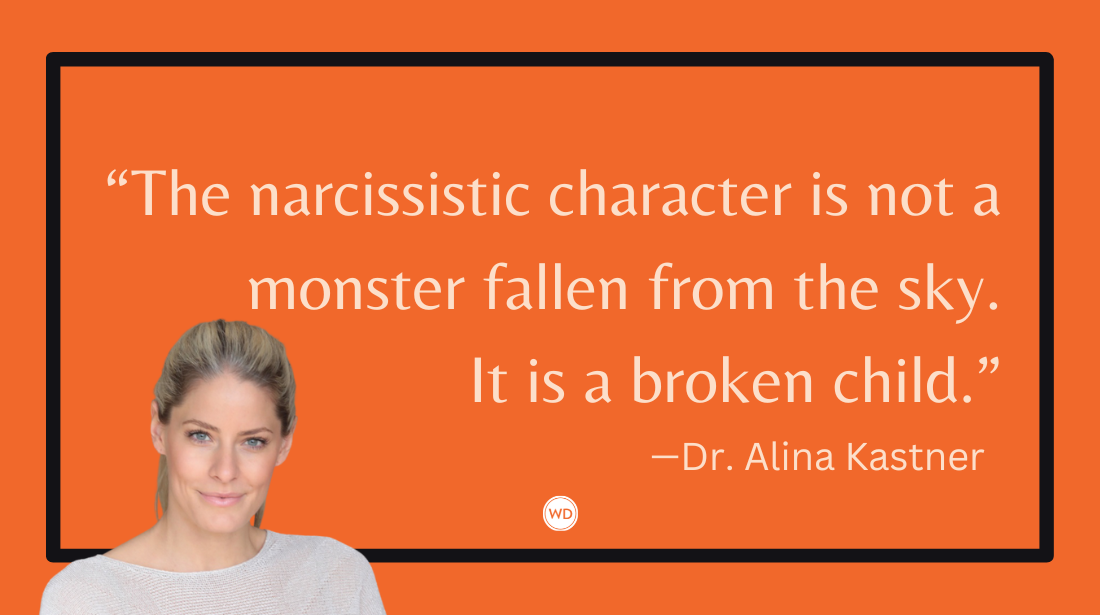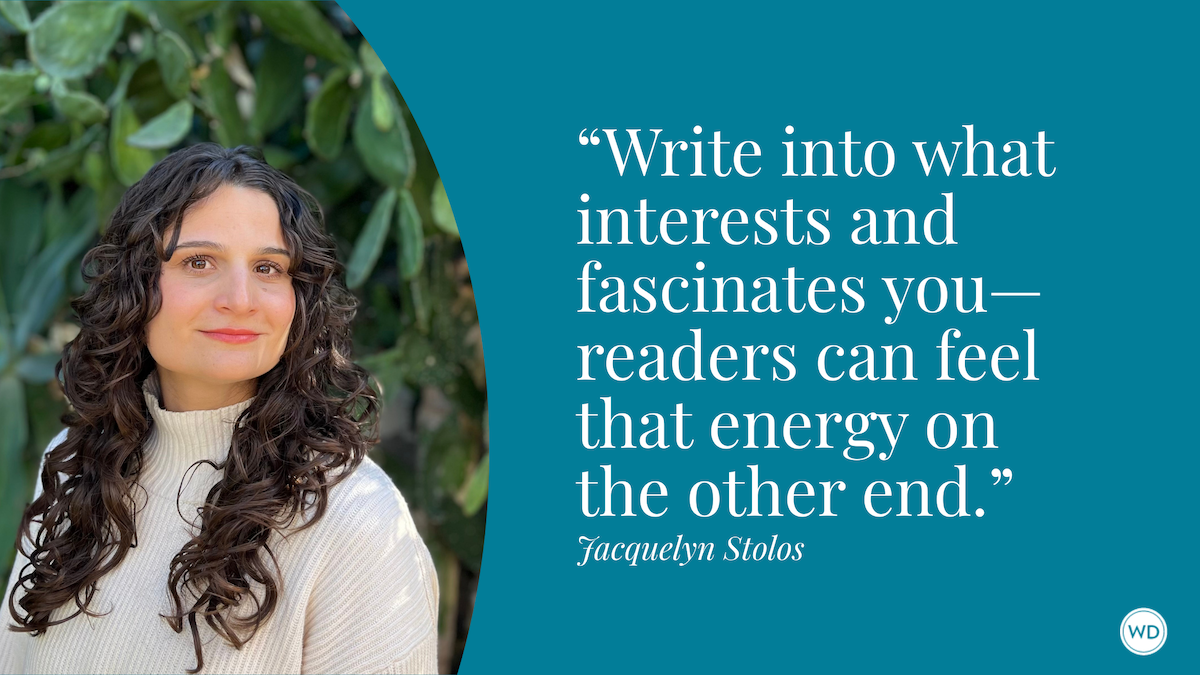Writing Allegory: A Convenient Place to Hide
Where realistic fiction felt both too restrictive and too revealing for author Susan Speranza’s transition from poetry to fiction, she turned to allegory. Here, she shares examples of famous allegories throughout history and how allegorical writing helped shape her novel, Ice Out.
My writing life began early in grade school when I latched onto poetry as a way of the expressing what I thought and felt while safely hiding my real self and the real events of my life behind imagery and metaphors. The medium of poetry came easily to me; I instinctively understood that nothing was as it seemed and everything, especially language had a subtext. When I read the fairytales of my youth, I knew there was more going on than what the words represented, and I learned to look beneath the surface for the other meaning—the real meaning, the hidden message that the author sought to convey.
In a way, I credit my mother for teaching me to ferret out the true meaning of the words, something I needed to learn in order to live with and understand her as she always talked in metaphors. She never said she loved me but would occasionally say I was the apple of her eye. And when I misbehaved, I became the thorn in her side. When I accidentally learned that my beloved grandfather was not my real grandfather, but merely my step grandfather, my mother laughed at this terrible truth, saying that my grandmother had a lot of skeletons in her closet, and they sometimes rattled. When I complained of my tedious, boring, and unglamorous part-time job while in high school, she chided me and told me that even the apostles were tentmakers. And during my rebellious adolescence, I became the black sheep of the family. She could never bring herself to apologize for anything, but she often said, “Let’s just wipe the slate clean.”
Even when she didn’t speak in metaphors, her language always implied something more than what was outwardly said. When she was angry with me, she would clench her teeth and yell, “Just say that one more time.” I learned then and there to look for the deeper meaning beneath all her statements, thus understanding language in both its literal and figurative sense.
When it came time for me to write something other than poetry, I knew I could never write a memoir. I didn’t have the courage to reveal my life to the world, to put out in a public place what I believed was something intensely private. I took to heart the poet Rabindranath Tagore’s adage that “Truth in her dress finds facts too tight. In fiction she moves with ease.”
So, I settled on fiction. But even realistic fiction was too restrictive for me. And too revealing. The closer I got to exposing my true inner self, the more tedious and surprisingly, inauthentic the work became. I had to find another way of writing where I could hide myself, yet at the same time reveal myself—a seemingly impossible task.
Eventually, I found it in the literary device of allegory. The word comes from the Latin, “allegoria” which means to imply something else. It is a simple figurative or symbolic treatment of a more complex subject or idea. An allegorical story can be read just as written, or it can—and should—be read as having an underlying subtext which is the real story.
Allegory has been used throughout the ages for a variety of purposes. Many writers have used this device to disguise political or social criticism. Jonathan Swift’s Gulliver’s Travels, for example, is a story about Gulliver who winds up in the land of the Lilliputians. What Swift is really mocking in this allegorical satire is the political climate of his day, 18th century England—the conflict between the Whigs and the Tories, the dogmatic conflicts between Catholics and Protestants, and what he saw as the corruption of the Aristocracy and its effect on ordinary citizens in England. This allegorical rendering of a harsh political critique was the safest way he could speak his mind, and yet retain his head. Literally. After all, on the surface, Gulliver’s Travels is just a fun story of a giant who washes ashore in a land of little people.
Christina Rossetti’s famous narrative poem, Goblin Market, uses this device. Two sisters visit a local market where Goblins tempt them with their fruits. One sister succumbs and eats of their fruits. The erotic language and structure of the poem suggests it is not fruit that the sisters are being offered. Using this allegorical device, Rossetti could speak about sexual exploitation and male dominance in Victorian England where such concrete speech would be prohibited. She could safely express these ideas while getting her point across because outwardly, Goblin Market is merely a story about two sisters who go to their local market and eat fruit.
Modern writers have also used this device for similar reasons. Arthur Miller penned The Crucible, a play about the Salem witch trials that took place in the Massachusetts Bay Colony in 1692-3. He wrote this during the McCarthy Era of the 1950s where another witch hunt was underway. Like Swift, it allowed him to get his criticism out to the public without suffering severe consequences engendered by a blatant assault on the ruling power. And readers astute enough to look beneath the surface of these texts found the true, secret meaning to the stories.
This idea intrigued me for in this device I found the shelter I longed for, the prop I need to protect me enough while allowing me to tap into my deepest emotions and most profound insights. In this spirit, I wrote Ice Out.
IndieBound | Bookshop | Amazon
[WD uses affiliate links.]
On its simplest level, Ice Out is the story of Francesca Bodin’s journey from grief to acceptance and forgiveness after her near-perfect life is shattered by a tragic accident. The event which inspired this story occurred in January, 2013. Like Francesca, my life at the time was nearly perfect. But it all collapsed around me when I broke my leg (my femur) and almost died. My then fiancé, after two weeks of taking care of me and my small kennel of show dogs, packed up, told me he was done and leaving, broke off our long engagement. I was devastated and since I found myself suddenly alone, barely able to care for myself or my dogs, I felt like he had left me to die. That was the germ of the story, along with the unspeakable feeling of total and incomprehensible abandonment.
Worse than the physical injury or the fears that I might never walk again, was the sadness and despair that fell over me, trapping me, as if in a nightmare, in a very dark place that I couldn’t find my way out of—just as Francesca finds herself trapped in the nightmare of a dark forest which seems to have no exit. What I didn’t understand at the time was that I was going through the stages of grief after sustaining a loss. I had always been so independent; I had never experienced such physical and emotional vulnerability. I thought these feelings would never end. But at some point, with great effort I found a way to put all of this behind me and go on. That’s when the darkness ebbed, and my life brightened.
When I decided to write this story, I knew I didn’t want to specifically tell about my ordeal. It was too personal and, in some ways, too mundane. However, I wanted to infuse whatever story I told with the profound emotions my own life had churned up while maintaining a protective barrier between me and them, so that revealing and reliving them wouldn’t bring me down again. In every story there has to be some objectivity and distancing on the part of the author. At the same time the author must write with an authenticity and emotional depth. By setting this story up as an allegory, I was able to achieve this paradox.
So allegory became a very convenient way for me to hide and yet be seen. Why I need to hide my inner self is surely due to my mother’s influence; after all she always told me that I should never air my dirty laundry in public—even if I want to be a writer…
Susan Speranza was born in New York City, grew up on Long Island, and for a time worked in Manhattan, enjoying the hectic pace and cultural amenities of the City. Eventually, however, she grew tired of it and exchanged the urban/suburban jungle for the peace and quiet of rural Vermont living. In addition to her latest novel, Ice Out, she authored two other books: The City of Light, a dystopian story about the end of western civilization, and The Tale of Lucia Grandi, The Early Years, a novel about a dysfunctional suburban family. She has also published numerous articles, poems, and short stories. Along the way, she managed to collect a couple of master’s degrees. When she is not writing, she keeps herself busy exhibiting and breeding her champion Pekingese. For more information visit susansperanza.com.









